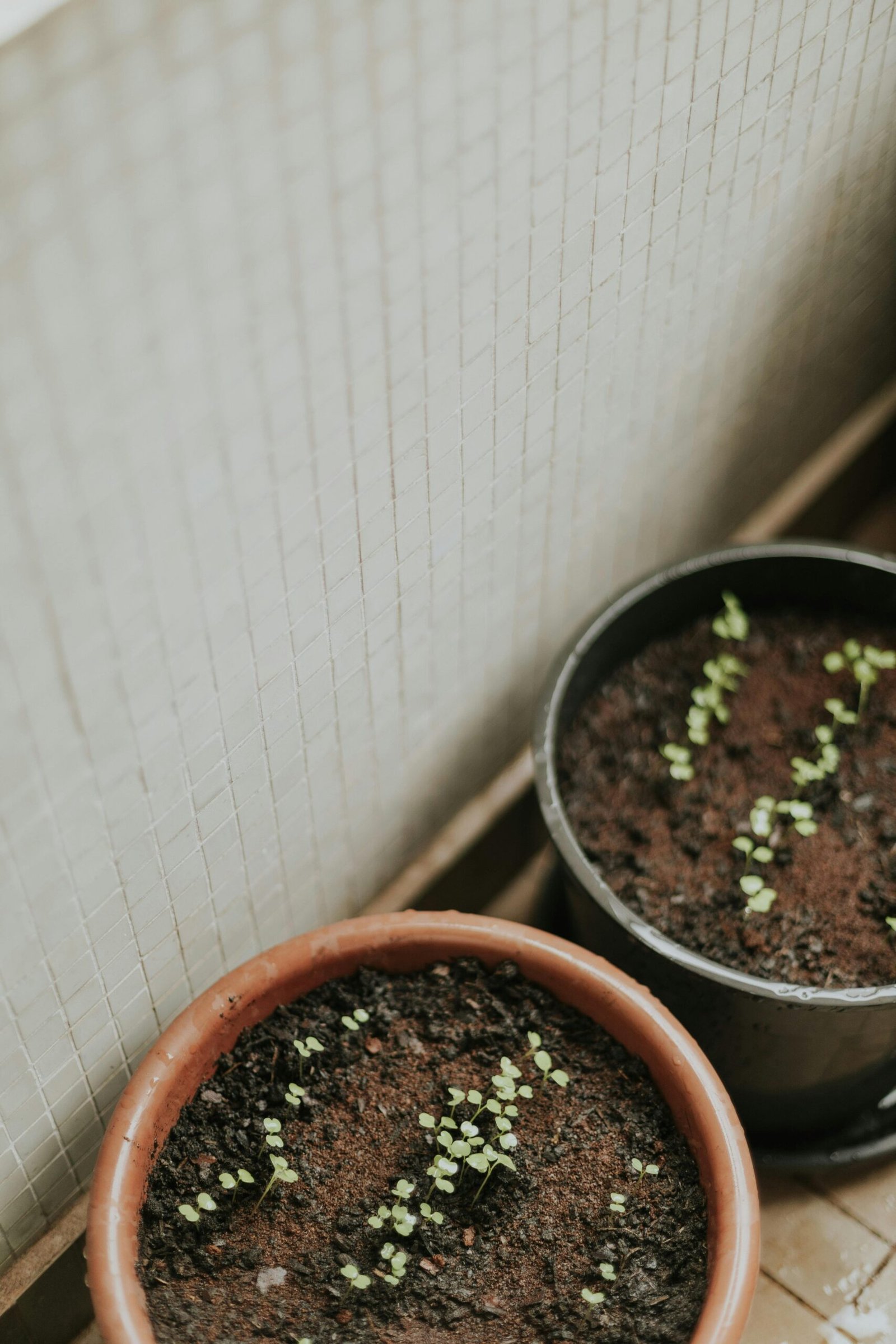Understanding the Needs of Snake Plants
Snake plants, known scientifically as Sansevieria, are native to tropical and subtropical regions of Africa and Asia. These hardy plants have adapted to thrive in conditions that may not be ideal for many other species. In their natural habitat, snake plants typically grow in well-draining, nutrient-rich soils that facilitate airflow and prevent waterlogging. Such soil characteristics are vital for their growth, as excess moisture can lead to root rot, a common affliction in overwatered snake plants.
One of the key environmental factors for snake plants is their ability to endure drought. This resilience is largely attributable to the species’ unique adaptations, including succulent leaves that store water. As a result, recognizing their soil needs is critical for indoor cultivation. A suitable soil mix replicates their native conditions while also providing adequate drainage, which is essential to prevent stagnation. A combination of ingredients such as potting soil, sand, and perlite can create an ideal environment for snake plants. This mix not only facilitates drainage but also supports root aeration, leading to overall healthier plants.
Moreover, snake plants can thrive in various light conditions, from low to bright indirect light. However, the right soil mix can further enhance their growth by complementing light availability. The ideal soil ensures that nutrients are accessible when the plant is actively growing, typically in the warmer months. Additionally, poor soil conditions can promote diseases and pests, making it imperative to provide a blend that meets the unique requirements of snake plants. Implementing appropriate soil choices can mitigate these risks and promote robust growth throughout the plant’s lifecycle.
Key Characteristics of the Ideal Soil Mix
Creating the ideal soil mix for snake plants is crucial as it directly influences the health and vitality of these resilient plants. One of the primary characteristics of an optimal soil mix is effective drainage. Snake plants, also known as Sansevieria, are prone to root rot if water remains stagnant in the soil. Therefore, a mixture that promotes quick drainage is essential. Incorporating materials such as sand and perlite not only facilitates this drainage but also enhances aeration, allowing the roots to breathe and reducing the likelihood of fungal diseases.
A well-aerated soil mix improves root growth, providing snake plants with the space and oxygen they require. Potting soil serves as a base for the mix, offering some initial nutrients, but when combined with ingredients like cactus mix and perlite, the texture becomes lighter, preventing soil compaction. Compacted soil can hinder root expansion and water infiltration, thereby increasing the risk of overwatering and subsequent root issues. The ideal mix should maintain a balance that allows both nutrients retention and moisture control.
Furthermore, the pH level of the soil is an important aspect to consider. Snake plants thrive in slightly acidic to neutral pH conditions, typically ranging from 6.0 to 7.0. Regularly checking and adjusting the pH can optimize nutrient availability and overall plant health. By tailoring the soil mix to include the right proportions of potting soil, sand, perlite, and cactus mix, plant owners create an environment that supports growth while minimizing risks associated with improper watering practices. In ensuring these quality traits, the longevity and flourishing of snake plants can be significantly enhanced.
DIY Snake Plant Soil Mix Recipes
Creating your own snake plant soil mix at home can be a rewarding process that allows you to cater the soil to your specific needs and preferences. It is essential to understand that snake plants, or Sansevieria, thrive in well-draining soil that mimics their natural habitat. Below, we will explore several DIY soil mix recipes spanning varying levels of complexity, ensuring you find an option that suits your skill level and environmental conditions.
For beginners, a simple recipe consists of equal parts potting soil, perlite, and coarse sand. The potting soil provides essential nutrients, while perlite enhances aeration and drainage, and coarse sand further improves texture. Combine these ingredients thoroughly, ensuring a fluffy and well-aerated mix that supports your snake plant’s root system.
For those with a bit more experience, consider a slightly more advanced recipe: use 40% potting soil, 30% perlite, and 30% coconut coir. Coconut coir acts as a natural source of moisture retention while still allowing for excellent drainage. This combination not only creates a suitable environment for growth but also contributes organic matter to the mix, which helps with nutrient retention.
Advanced gardeners may want to experiment with a more customized soil blend. A beneficial mix might include 50% cactus mix, 25% vermiculite, and 25% pumice. This recipe caters to snake plants’ need for drainage and air circulation, particularly in humid climates. Remember to monitor your snake plant’s reaction to this mix and adjust the ratios based on performance and personal preference.
Additionally, always consider local climate conditions when mixing your soil. In cooler areas, mixing in a bit more organic matter can be beneficial for temperature regulation, while in hot, arid climates, prioritizing drainage is crucial. Creating a DIY soil mix not only enhances plant health but also allows you to personalize the care of your snake plants effectively.
Common Mistakes and How to Avoid Them
When it comes to selecting and caring for the ideal soil mix for snake plants, many enthusiasts unknowingly make critical errors that can compromise the health of their plants. One of the most common mistakes is the use of overly heavy soils. Heavy soils often retain too much moisture, which can lead to root rot and other complications. Snake plants, belonging to the Sansevieria genus, thrive in well-draining environments. Therefore, it is essential to opt for a soil mix that incorporates lighter materials such as perlite or sand to enhance drainage while still providing necessary nutrients.
Another frequent pitfall among plant owners is neglecting drainage altogether. When planting snake plants, the choice of a pot is equally important as the type of soil used. Ensuring that the pot has adequate drainage holes allows excess water to escape, preventing waterlogging and promoting a healthier growing environment. Without proper drainage, even the best soil mix will fail to perform, leading to detrimental effects on the plant’s root system.
Additionally, not monitoring moisture levels correctly can result in an array of issues. Snake plants prefer to dry out between watering sessions; thus, using a moisture meter or simply checking the top inch of soil can help determine when it’s time to water again. Over-watering is as harmful as under-watering, and understanding the precise moisture needs is pivotal for maintaining vibrant snake plants.
To avoid these common mistakes, plant owners should continuously educate themselves on proper soil requirements and care techniques specific to snake plants. By purchasing well-draining soil mixes and ensuring proper drainage, as well as regularly checking moisture levels, plant owners can create an ideal environment for their snake plants to thrive.





